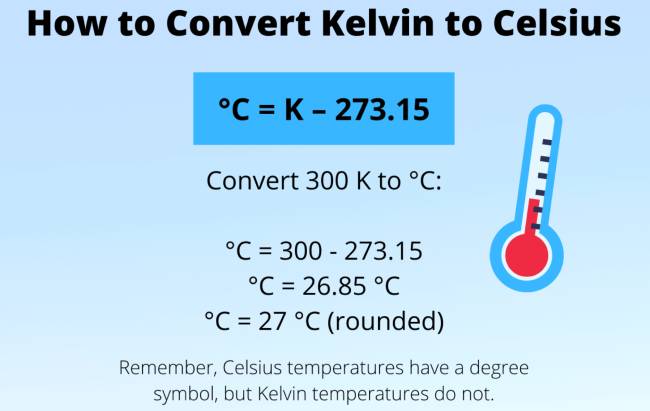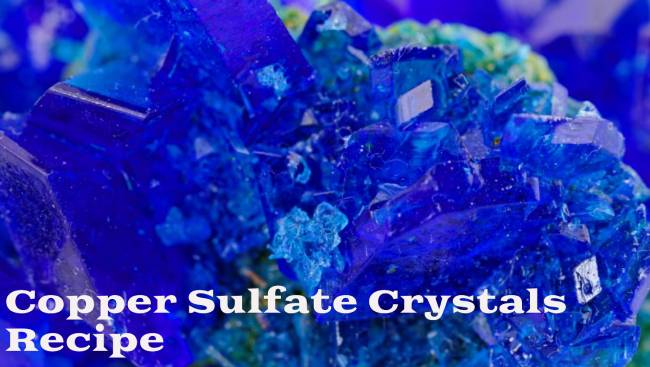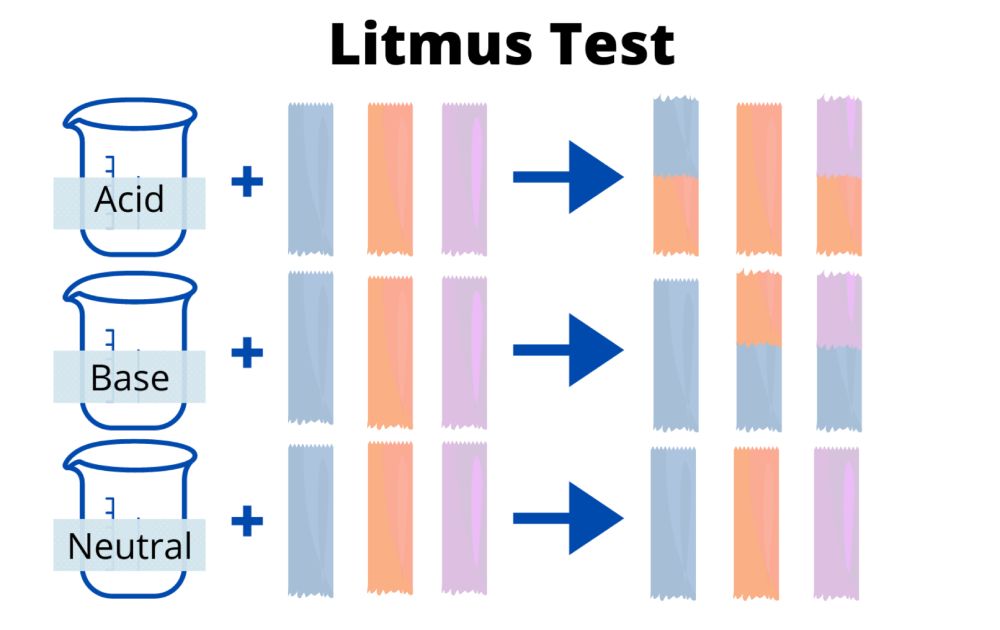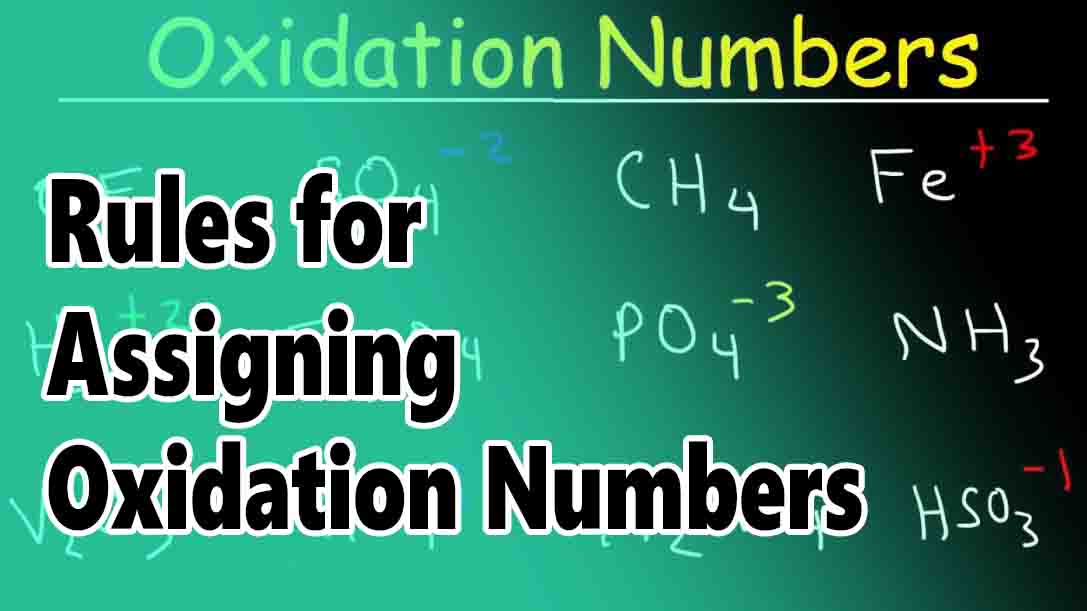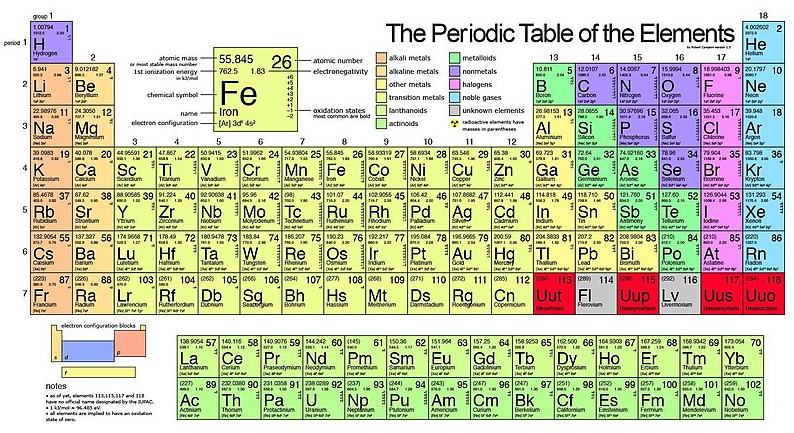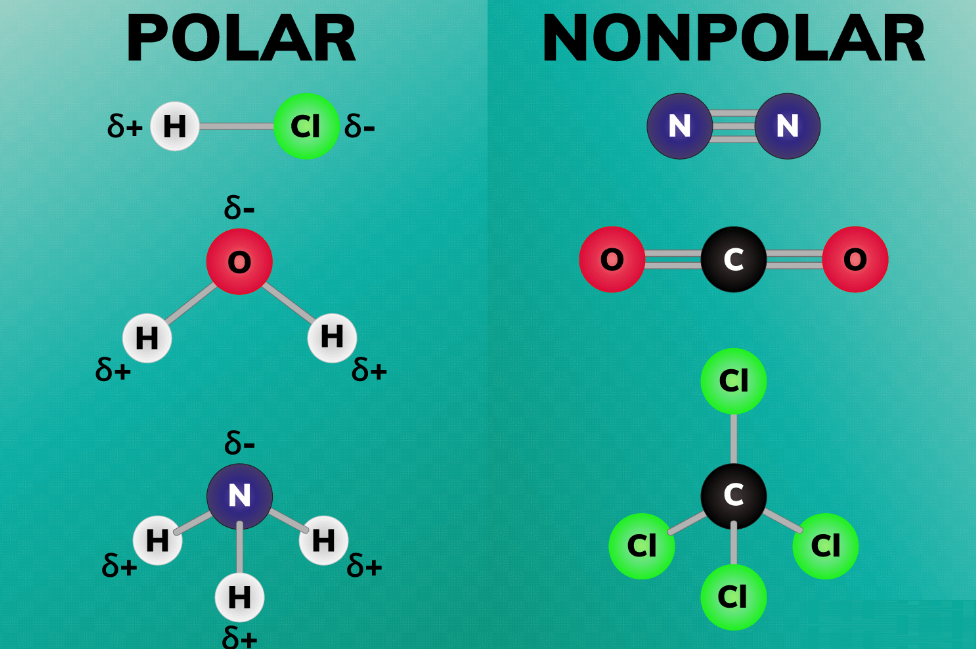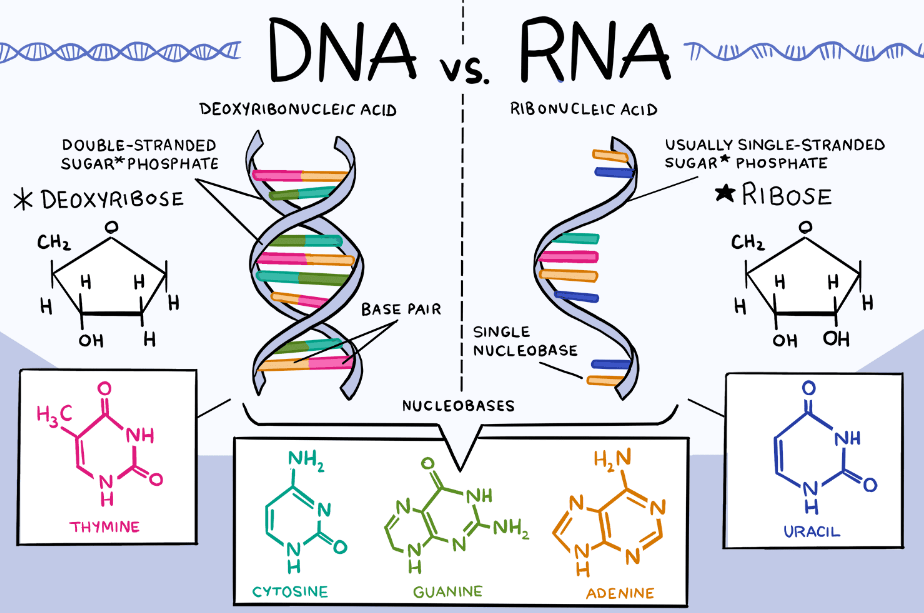Convert Temperature from Kelvin to Celsius and Back
There are two temperature scales: Kelvin and Celsius. In both scales, the “degree” is of the same magnitude, but the Kelvin scale begins at absolute zero (the lowest theoretical temperature attainable), whereas the Celsius scale starts at 32.01 F, the triple point of water (the point at which water exists in solid, liquid, and gaseous … Read more

